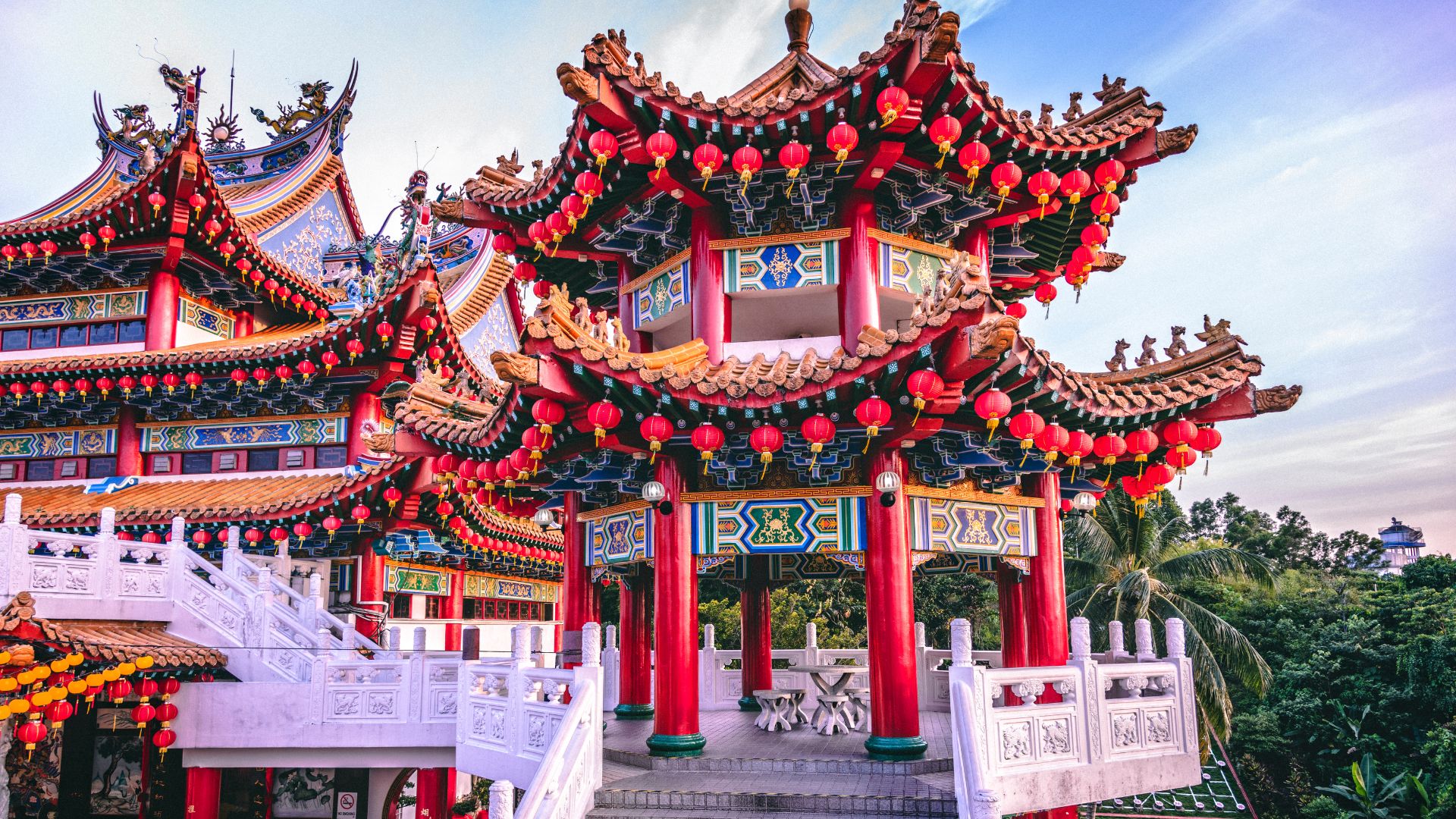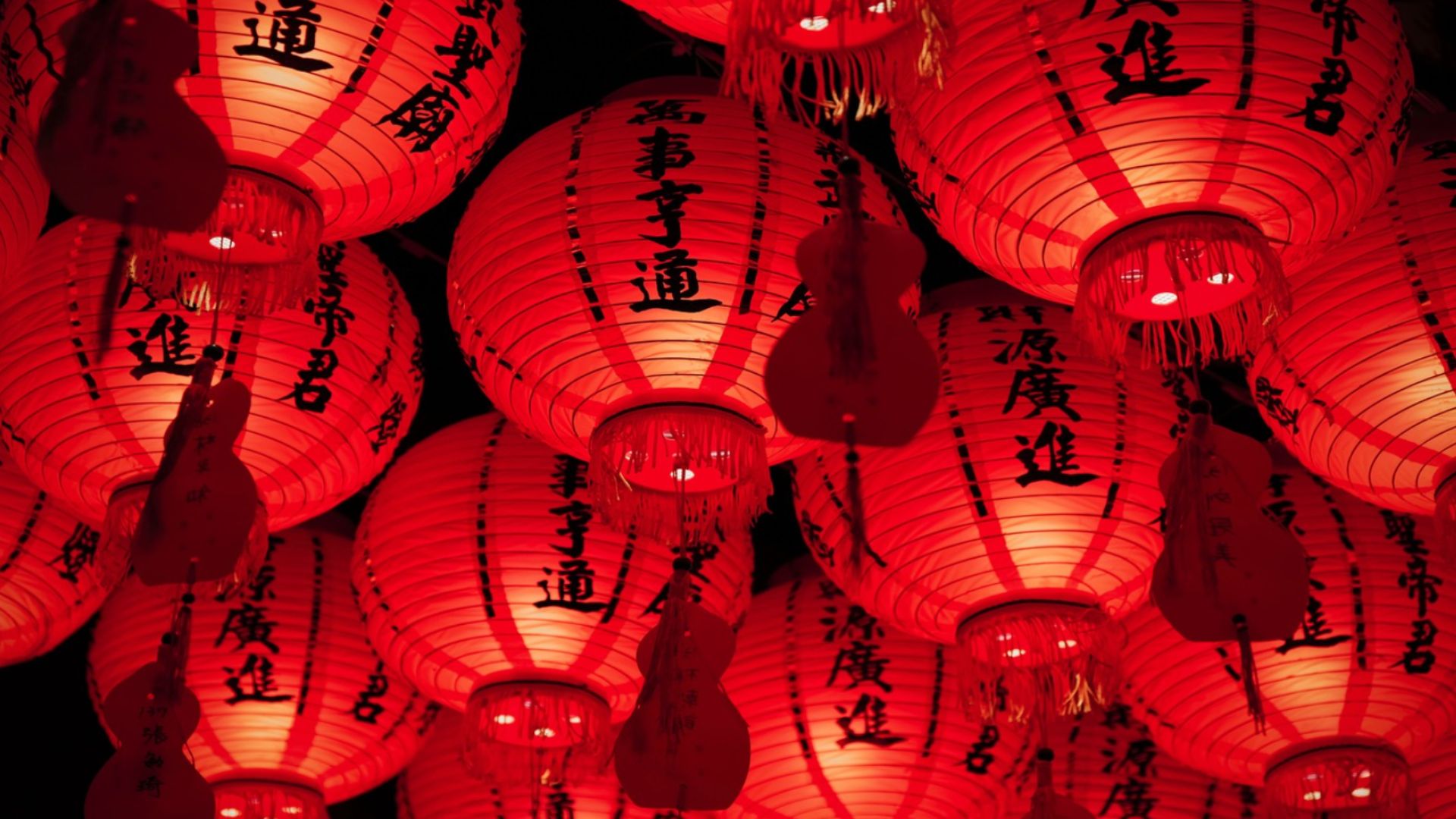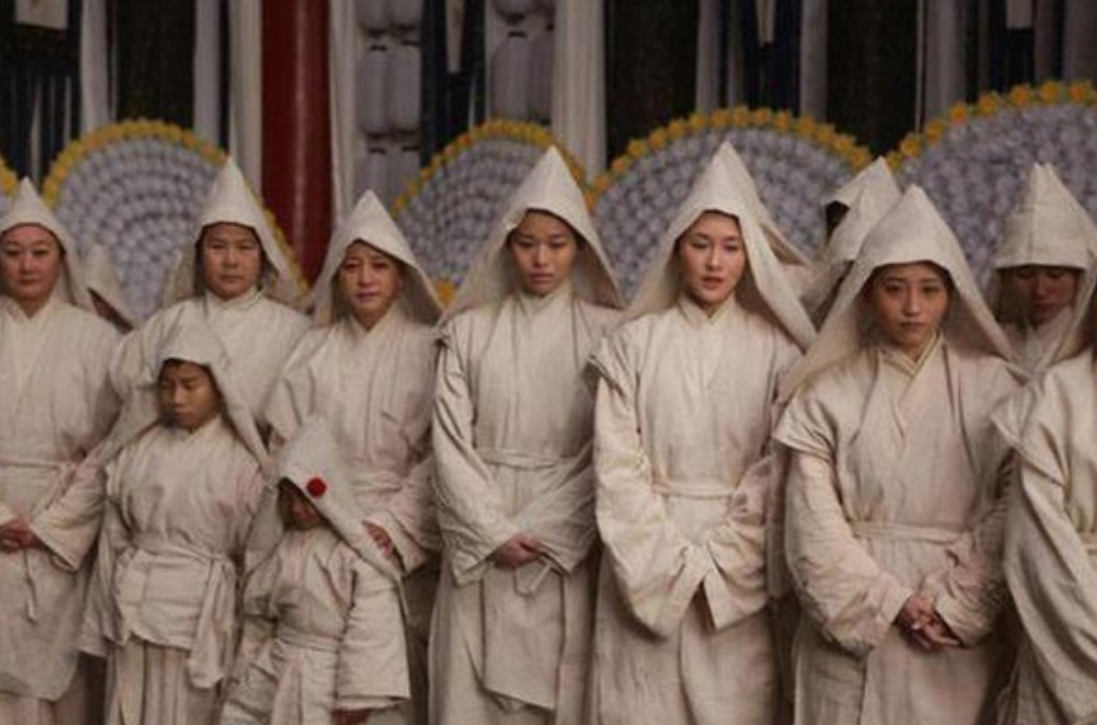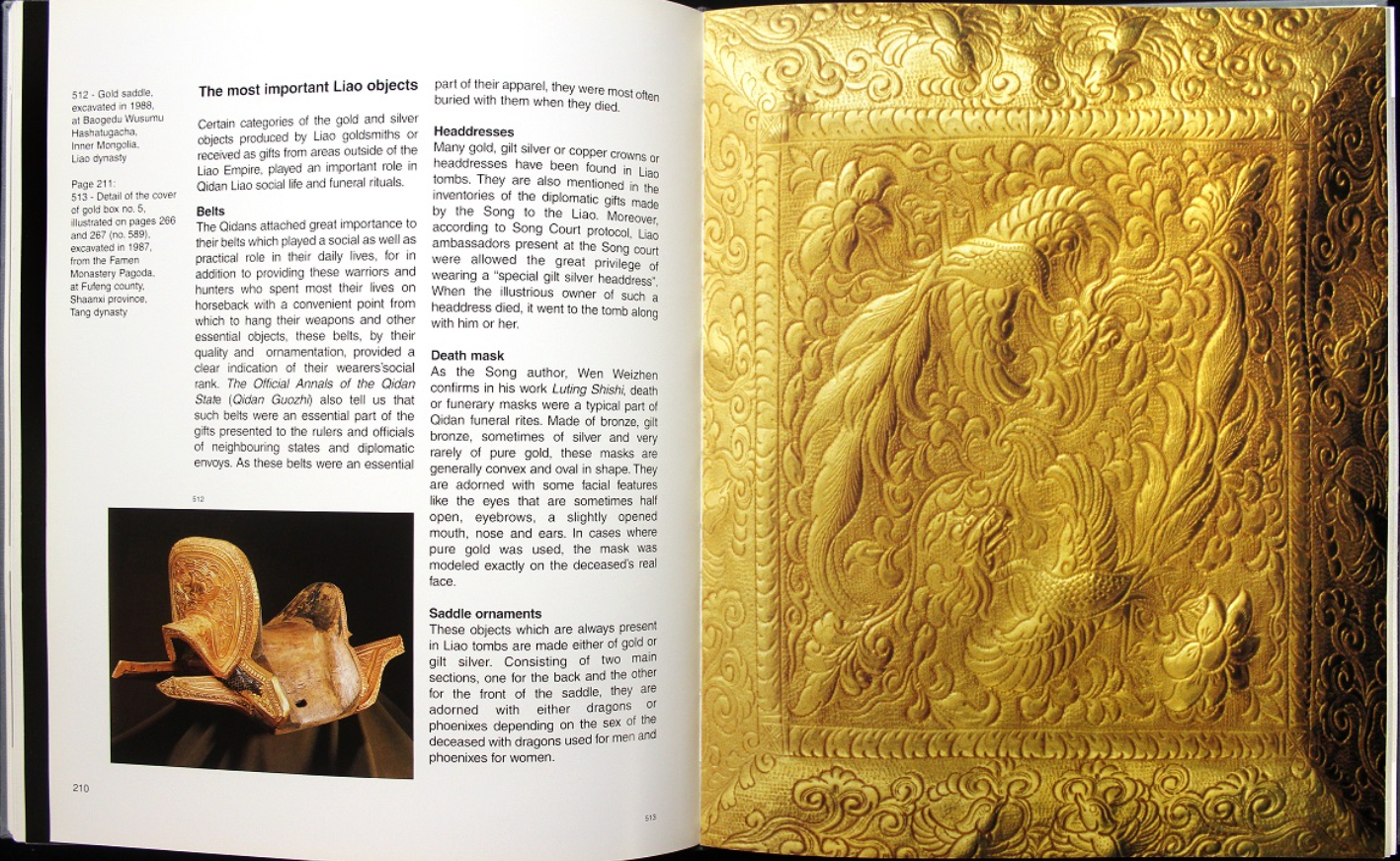In Chinese culture, colors are much more than just visual elements; they carry deep meanings and play a crucial role in society. Each color has its own story, reflecting important values and beliefs. This guide will help you understand how colors shape everything from art and ceremonies to personal identity and governance. Let’s dive into the historical and modern significance of these colors. By doing so, we can see how ancient wisdom is still relevant today, and how it influences various aspects of Chinese life.
Colors in Chinese Culture

Colors mean a lot in Chinese culture. They’re not just for looking at; they’re part of the language and everyday talk. Every color, with its own Chinese character and the word ‘色 sè’ added, has a special meaning. This shows how important colors are in how people communicate and think.
| Chinese | Pinyin | English | Cultural Significance |
| 红色 | Hóngsè | Red | Happiness, good fortune, celebration, vitality |
| 黄色 | Huángsè | Yellow | Imperial power, nobility, earth |
| 蓝色 | Lánsè | Blue | Immortality, advancement, heavens |
| 白色 | Báisè | White | Purity, mourning, death |
| 黑色 | Hēisè | Black | Power, neutrality, evil |
| 绿色 | Lǜsè | Green | Health, harmony, nature, growth |
| 紫色 | Zǐsè | Purple | Divinity, nobility, spiritual awareness |
| 金色 | Jīnsè | Gold | Wealth, luxury, strength |
| 银色 | Yínsè | Silver | Purity, brightness, modernity |
| 橙色 | Chéngsè | Orange | Transformation, adaptability |
Symbolism of Colors in Chinese Culture
Red as luck and happiness

Red is a special color in Chinese culture, symbolizing luck, joy, and wealth. It’s everywhere during big celebrations like Chinese New Year and weddings because people believe it keeps away bad spirits and bad luck. That’s why red envelopes, or ‘hongbao’, filled with money are common gifts at these events. They’re not just gifts, but a way to share luck and well wishes.
Red also pops up in decorations, clothes, and fireworks, all adding to the festive mood. This love for red isn’t new—it goes way back in China’s history and stories, showing how important it is for a happy and thriving life.
Yellow as beauty and freedom

Yellow is more than just a color in Chinese culture; it’s a symbol of beauty and freedom. In the past, only the emperor could wear yellow, showing his unique authority and divine role. Nowadays, yellow still carries positive meanings. It stands for hope, nourishment, and wealth, much like gold and the sun do.
When artists use yellow, they often aim to show heroism or add a touch of magic to their work. This makes yellow a key color for expressing creativity and the idea of breaking free. So, in many ways, yellow isn’t just pretty. It also carries deep meanings about life, growth, and the quest for freedom in China.
Black as water and wisdom
Black is more than just a color in Chinese culture; it means a lot. According to the Five Elements philosophy, black stands for water. This symbolizes being flexible, adaptable, and deep – all crucial for getting ahead and doing well. Black also represents wisdom, highly valued in Chinese society. You’ll often see it in schools and on academic robes, showing the deep and ongoing journey of learning.
Historically, the imperial class wore black to show their power and authority, linking it once again to leadership and smarts. So, black isn’t just for looks in Chinese culture; it’s about core values like growth and stability in society.
White as purity and death

In Chinese culture, white means two big things: purity and mourning. It’s a color that stands for both something very clean and innocent, and also the sadness of saying goodbye when someone dies. Unlike in many Western places where people wear black at funerals, in China, white is the color for these occasions.
At funerals, wearing white shows that the person’s soul is leaving the physical world, clean and pure again. Besides funerals, white is also used a lot in daily life because it’s simple and clear. It’s great for anything that needs to be fresh and easy to understand. This shows how in Chinese culture, one color can mean a lot of different things.
Blue as integrity and calmness
Blue stands for integrity and calmness and is very important in Chinese culture. It’s linked to the big sky and the deep ocean, suggesting stability, depth, and loyalty. You’ll often see it used in decorations and clothing, creating a calm, peaceful vibe. It’s especially valued for showing honesty and reliability, qualities that are really important in relationships both at home and in society.
Also, you might notice that police and other law enforcement officers often wear blue. This highlights its connection to justice and trustworthiness. In art and stories, characters who are known for being righteous and peaceful usually wear blue, showing just how deeply this color is woven into the fabric of Chinese life.
Green as harmony and growth

Green means a lot in Chinese culture. It stands for harmony and growth. In China, the color green, or 绿色 (lǜsè), is all about life, fresh starts, and nature. It’s the color of spring when everything starts to bloom again.
You’ll see it a lot in jade artifacts, which are not only beautiful but are also thought to protect you. Green also stands for health and good fortune, showing a balance between people and the world around them. It pops up in many cultural and artistic practices, bringing a feeling of peace and new beginnings.
Purple as royalty and spirituality
Purple holds a special place in Chinese culture because it symbolizes royalty and spirituality. Historically, it was a color for nobles and emperors because it was rare and hard to make. Purple also represents spiritual wisdom and is often seen in religious and philosophical settings. Today, purple is still important in Chinese society, symbolizing dignity and mystery. It’s commonly used in art and culture to express deep and sacred ideas.
Gold as Wealth, luxury, strength

Gold (金色, Jīnsè) in Chinese culture embodies more than just wealth and luxury. It symbolizes imperial power, harkening back to the days of emperors and royalty. Gold represents not only financial prosperity but also stability and wisdom. It’s often associated with a solid foundation in life and the attainment of knowledge. In nature, gold is linked to the autumn season and the richness of harvest, further emphasizing its connection to abundance.
Silver as Purity, brightness, modernity
Silver (银色, Yínsè) carries connotations that go beyond its shimmering appearance. It’s seen as a symbol of eloquence, representing clear and articulate speech. Silver is also associated with intuition and inner wisdom, suggesting a connection to one’s deeper insights. Its fluid nature symbolizes adaptability and flexibility in Chinese thought. In modern contexts, silver has taken on associations with advanced technology. Interestingly, it’s sometimes linked to femininity, often connected to the moon and yin energy in traditional Chinese philosophy.
Orange as Transformation, adaptability
Orange (橙色, Chéngsè) is a color of transformation and adaptability in Chinese culture, but its symbolism extends further. It’s strongly associated with creativity, believed to stimulate innovative thinking and artistic expression. Orange represents enthusiasm and energy, bringing excitement to any context. It’s also linked to sociability, representing friendliness and positive social interactions. As a color of change, orange symbolizes transition and new beginnings. In some Buddhist contexts, particularly in China, orange (or shades close to it) is associated with monastic traditions, adding a spiritual dimension to its symbolism.
Also Read: 30 Best Happy Chinese New Year Greetings
Conclusion
Color symbolism is deeply rooted in Chinese culture, influencing emotions, values, and traditions. Red, for example, is a color that brings prosperity, while white stands for purity. Each color has a unique meaning and plays a significant role in cultural practices. Understanding these colors can help us appreciate Chinese traditions better. They shape social interactions and are central to many ceremonies. Color symbolism is a core part of China’s cultural identity and heritage.
Visit Translation Blog for more informative articles like this!

